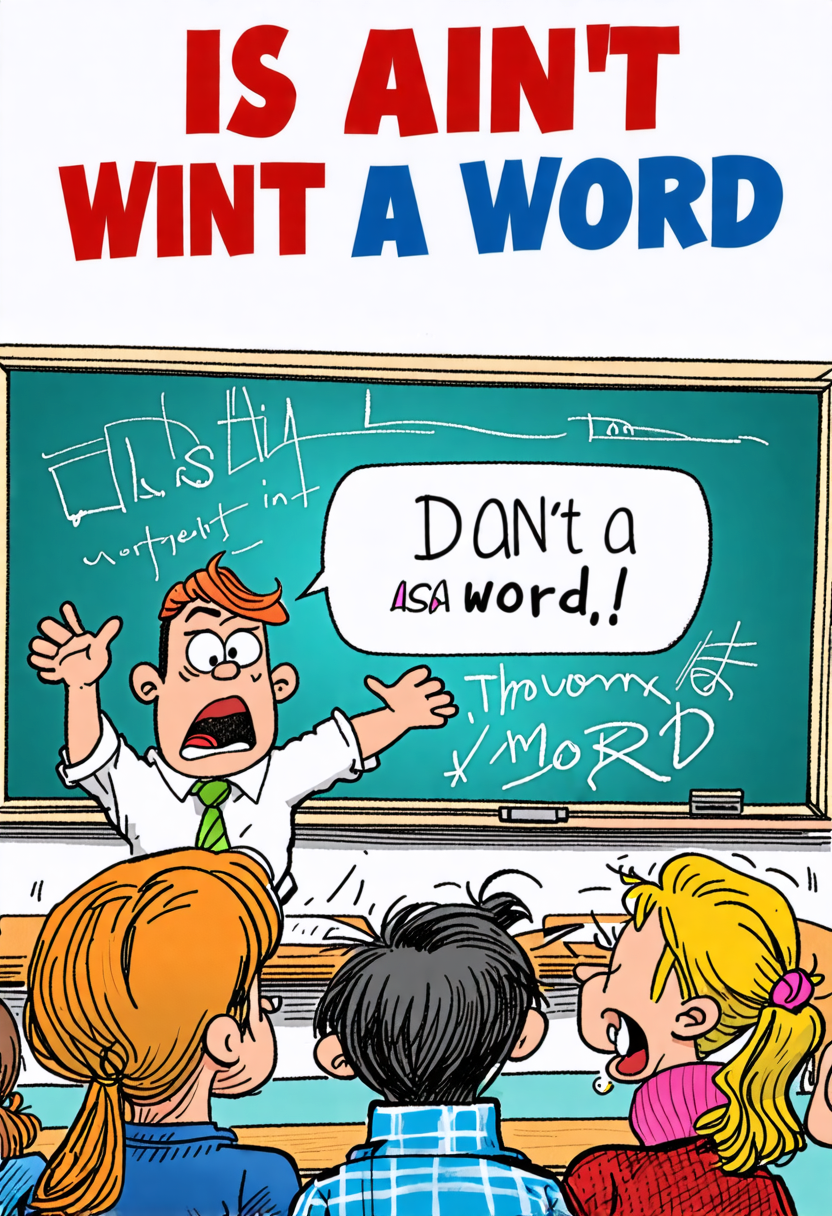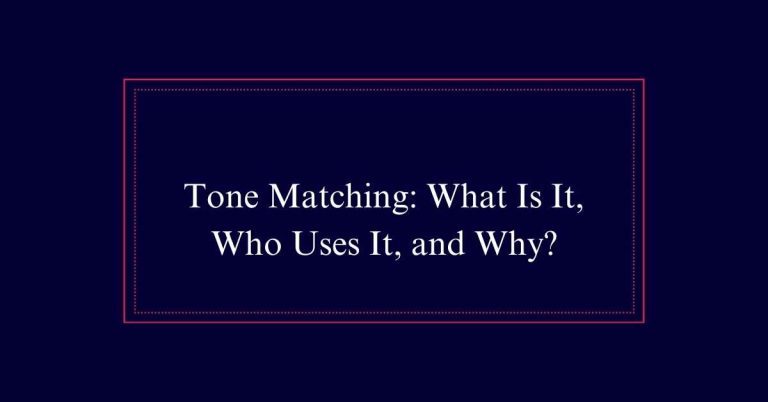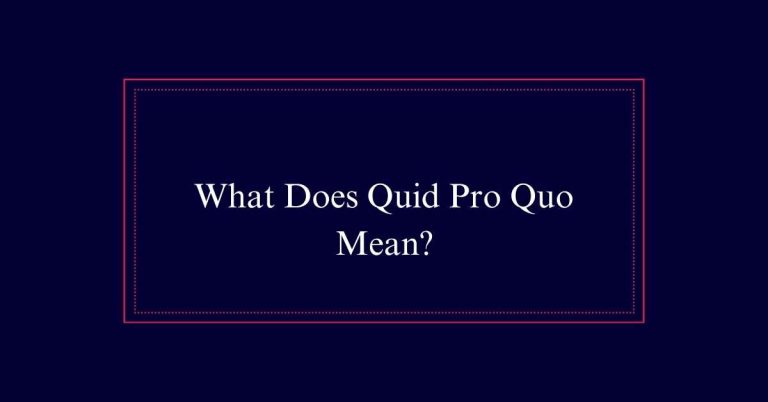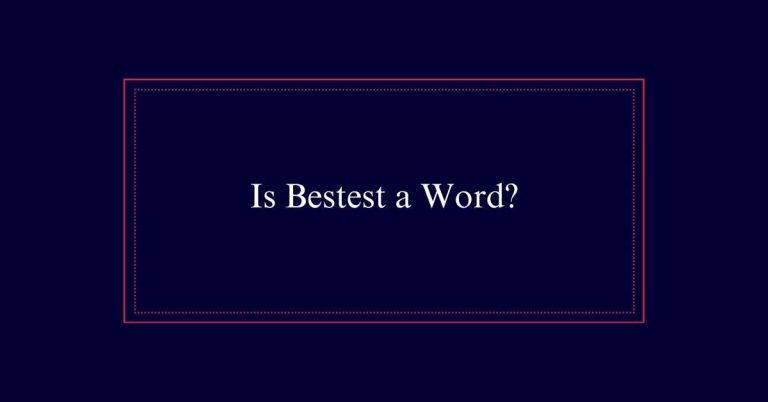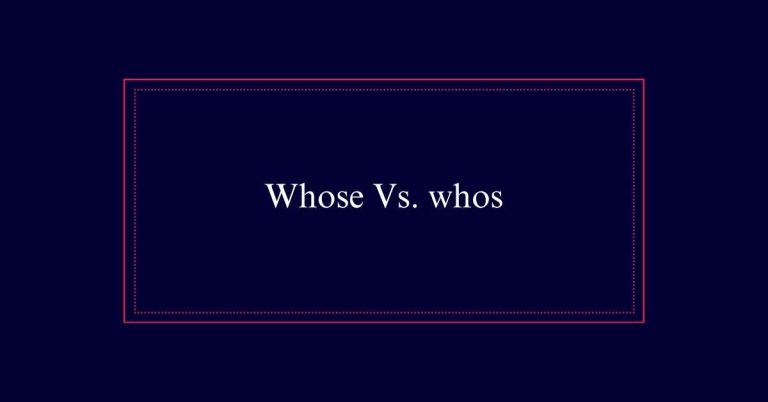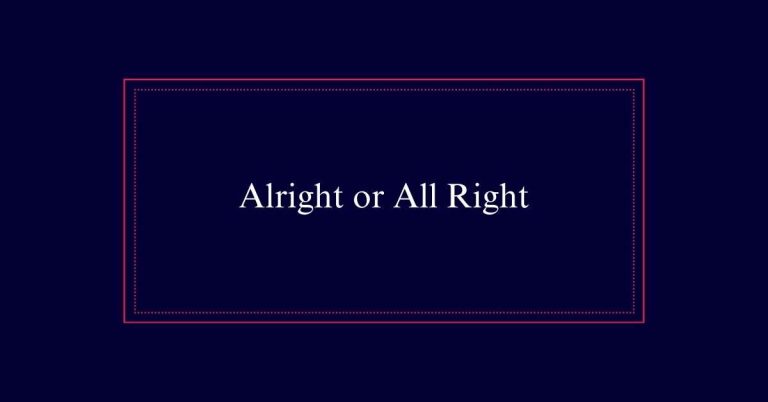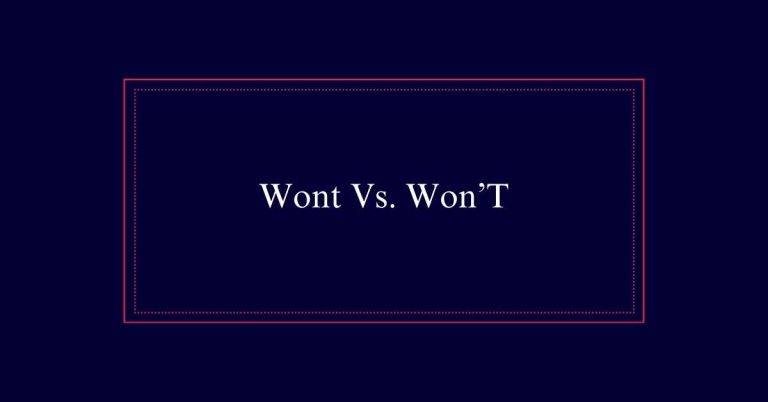Is Ain’t a Word?
Yes, “ain’t” is a word. It is a contraction for “am not,” “is not,” “are not,” “has not,” “have not,” and sometimes even “do not,” “does not,” and “did not.” While “ain’t” is commonly used in informal contexts and regional dialects like Southern American English, it is generally avoided in formal writing and speech.
The word has a long history, dating back to the 17th century, but has faced criticism and stigma especially in educated or professional circles.
Definition of ‘Ain’t’
The term ‘ain’t’ is a contraction used to mean ‘am not,’ ‘is not,’ or ‘are not.’ In certain dialects, it also represents ‘has not,’ ‘have not,’ ‘do not,’ ‘does not,’ and ‘did not.’ Initially, ‘ain’t’ emerged as a condensed form of ‘am not’ and ‘not.’
It is generally considered an informal word and is typically avoided in formal writing or speech. Despite its informal status, ‘ain’t’ has been a part of the English language for centuries and remains widely understood. Its usage, while common in casual settings, is discouraged by grammarians in professional or academic contexts.
Historical Background
‘Ain’t’ has its roots in the 17th century, first appearing in English Restoration plays. Initially, it was a contraction of ‘am not’ and ‘are not.’ Over time, its usage expanded to include ‘is not,’ ‘has not,’ and ‘have not.
By the 18th century, ‘ain’t’ was widely used in both spoken and written English. However, grammarians began to discourage its use, associating it with informal and non-standard speech.
Here are three key points in its historical development:
- 17th Century: Originated in English Restoration plays as a contraction.
- 18th Century: Gained broader usage but started facing criticism.
- 19th Century Onwards: Became stigmatized and seen as informal.
Dialectical Variations
Various dialects across English-speaking regions exhibit unique ways of using ‘ain’t’. In Southern American English, ‘ain’t’ often replaces ‘isn’t’, ‘aren’t’, ‘am not’, ‘hasn’t’, and ‘haven’t’.
In African American Vernacular English (AAVE), ‘ain’t’ similarly substitutes various negative contractions. British English showcases regional variations too. For instance, Cockney speakers frequently use ‘ain’t’ in place of ‘isn’t’ and ‘aren’t’.
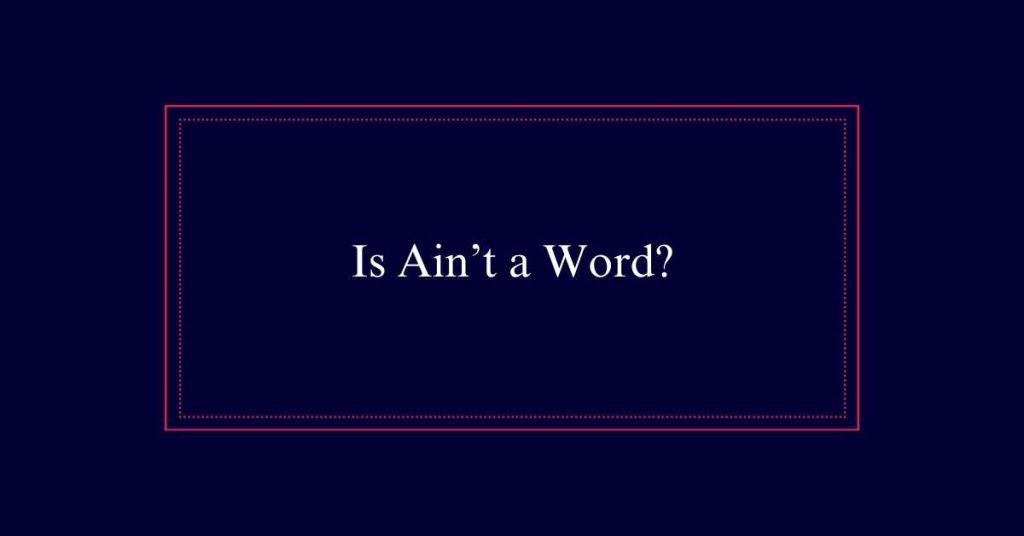
Additionally, in some rural dialects in the UK, ‘ain’t’ can stand in for ‘haven’t’ or ‘hasn’t’. These dialectical variations highlight the flexibility and widespread nature of ‘ain’t’ in informal contexts.
Informal Usage
Informal usage of ‘ain’t’ spans across various English dialects, demonstrating its adaptability in casual conversations. It serves as a versatile contraction for multiple negative forms such as ‘am not,’ ‘is not,’ ‘are not,’ ‘has not,’ and ‘have not.
Despite its informality, ‘ain’t’ is commonly used in spoken English and informal writing. Here are three examples of ‘ain’t’ in everyday language:
- Conversational Speech:
‘I ain’t going to the party tonight.’
- Storytelling:
‘They ain’t seen nothing like it before.’
- Casual Writing:
‘Life ain’t always easy, but we manage.’
Social Perceptions
The use of ‘ain’t’ often carries significant social perceptions and connotations. It is frequently associated with informal speech and can suggest a lack of education or lower socioeconomic status.
Many people perceive ‘ain’t’ as a marker of regional dialects, often linked to rural or Southern American English. Using ‘ain’t’ may lead others to stereotype the speaker as less knowledgeable or articulate.
Despite these perceptions, ‘ain’t’ is widely understood and used in everyday conversation. It is important to recognize that language evolves, and ‘ain’t’ has historical legitimacy.
However, in professional or formal contexts, avoiding ‘ain’t’ is advisable to maintain a polished and educated appearance. Social judgments about language use highlight the complex relationship between language and identity.
Educational Correlations
Research indicates that the use of ‘ain’t’ correlates with certain educational backgrounds. It is often noted that ‘ain’t’ appears more frequently in the speech and writing of individuals from specific educational levels. This correlation can be observed in various linguistic studies and demographic analyses.
Here are three notable points on this topic:
- Middle Education Level: Usage of ‘ain’t’ is commonly linked to those with a middle level of education.
- Socioeconomic Indicator: Individuals using ‘ain’t’ are often perceived as belonging to lower socioeconomic classes.
- Educational Attitudes: The word is less prevalent among those with higher education, reflecting educational attitudes towards formal language.
Grammarians’ Views
Grammarians frequently discourage the use of ‘ain’t’ in both spoken and written English due to its informal nature. They argue that it lacks grammatical precision and can detract from the quality of communication.
Historically, ‘ain’t’ has been seen as a marker of lower education and socioeconomic status. This perception has led to its stigmatization in formal contexts.
Linguists acknowledge that while ‘ain’t’ is grammatically correct in some dialects, its use is generally frowned upon in academic and professional settings. The consensus among grammarians is to use standard contractions such as ‘isn’t,’ ‘aren’t,’ and ‘haven’t’ instead.
Formal Vs. Informal Contexts
In formal contexts, ‘ain’t’ should be replaced with standard contractions like ‘isn’t’ and ‘aren’t’. While ‘ain’t’ is widely understood, it lacks the formality required in professional or academic settings. Using standard language enhances clarity and professionalism.
Here are three reasons to avoid ‘ain’t’ in formal writing:
- Professionalism: Using standard contractions like ‘isn’t’ and ‘aren’t’ reflects a higher level of education and professionalism.
- Clarity: Standard contractions are universally accepted and understood, reducing the risk of misinterpretation.
- Grammar Standards: Formal writing adheres to established grammatical rules, where ‘ain’t’ is often viewed as incorrect.
Example Sentences
Here are some examples of sentences using ‘ain’t’ to illustrate its informal nature.
- ‘She ain’t coming to the party tonight.’
- I ain’t got any money left.
- ‘They ain’t ready for the presentation.’
- He ain’t interested in the job offer.
- ‘You ain’t seen nothing yet.’
These sentences show how ‘ain’t’ can replace various forms of ‘am not,’ ‘is not,’ ‘are not,’ ‘has not,’ and ‘have not.’ Using ‘ain’t’ gives the sentences a casual, conversational tone.
It is important to note that while ‘ain’t’ is widely understood and used in everyday speech, it is generally avoided in formal writing and professional settings. The informal nature of ‘ain’t’ makes it suitable for casual conversation and colloquial expressions.
Writing Guidelines
When writing, it is important to assess the appropriateness of using ‘ain’t’ based on the context and audience.
Here are some writing guidelines to keep in mind:
- Formal Writing: Avoid using ‘ain’t’ in academic papers, business documents, and professional correspondence. Stick to standard contractions like ‘am not’ or ‘is not.’
- Informal Writing: ‘Ain’t’ is acceptable in casual settings like text messages, personal emails, or social media posts where informality is expected.
- Character Dialogue: In creative writing, using ‘ain’t’ can add authenticity to characters’ speech, especially if they come from backgrounds where ‘ain’t’ is commonly used.
